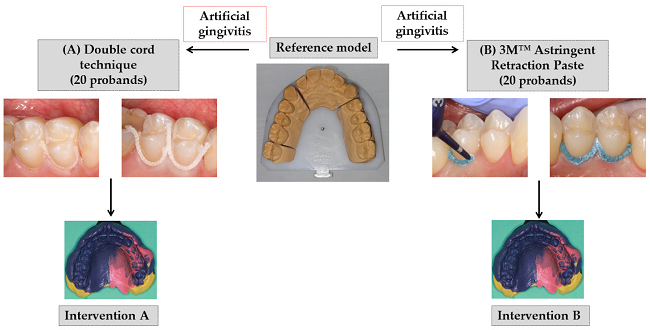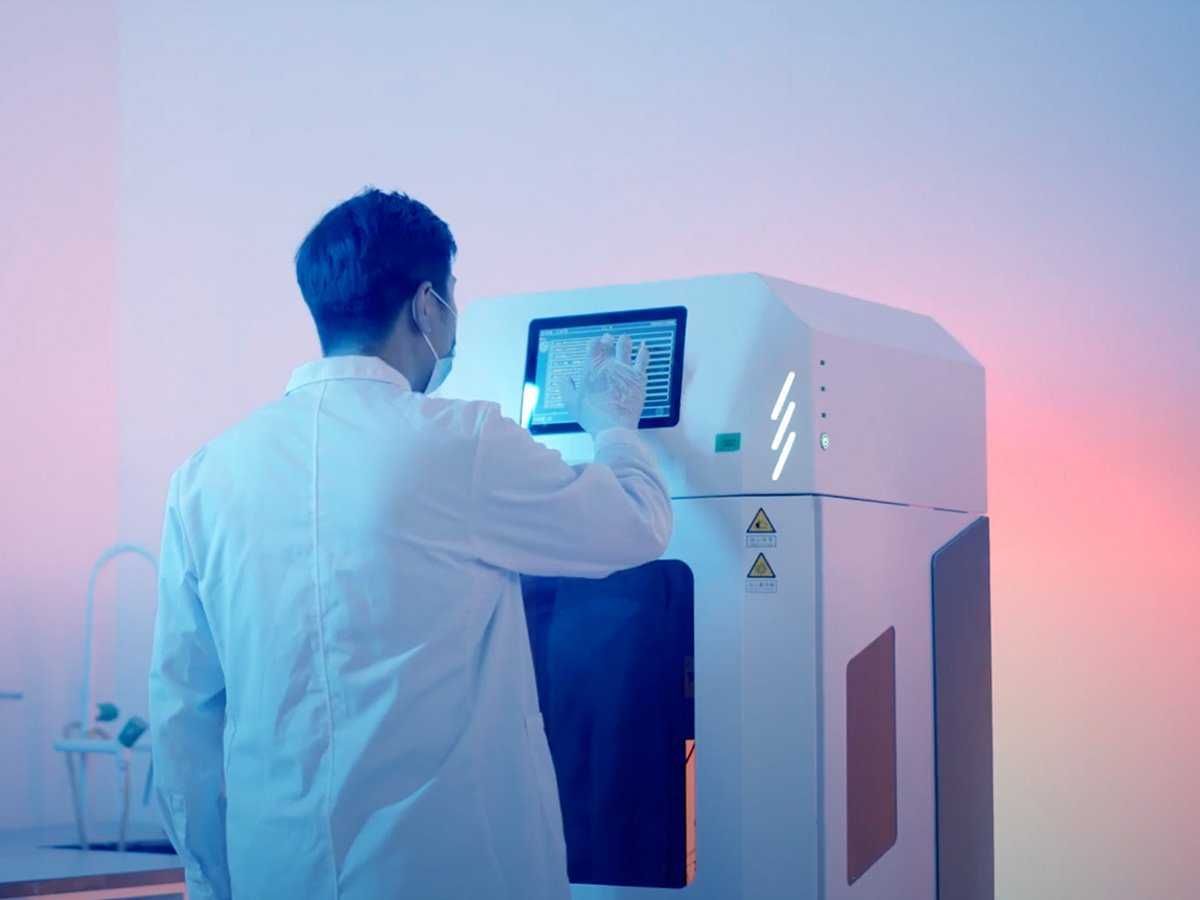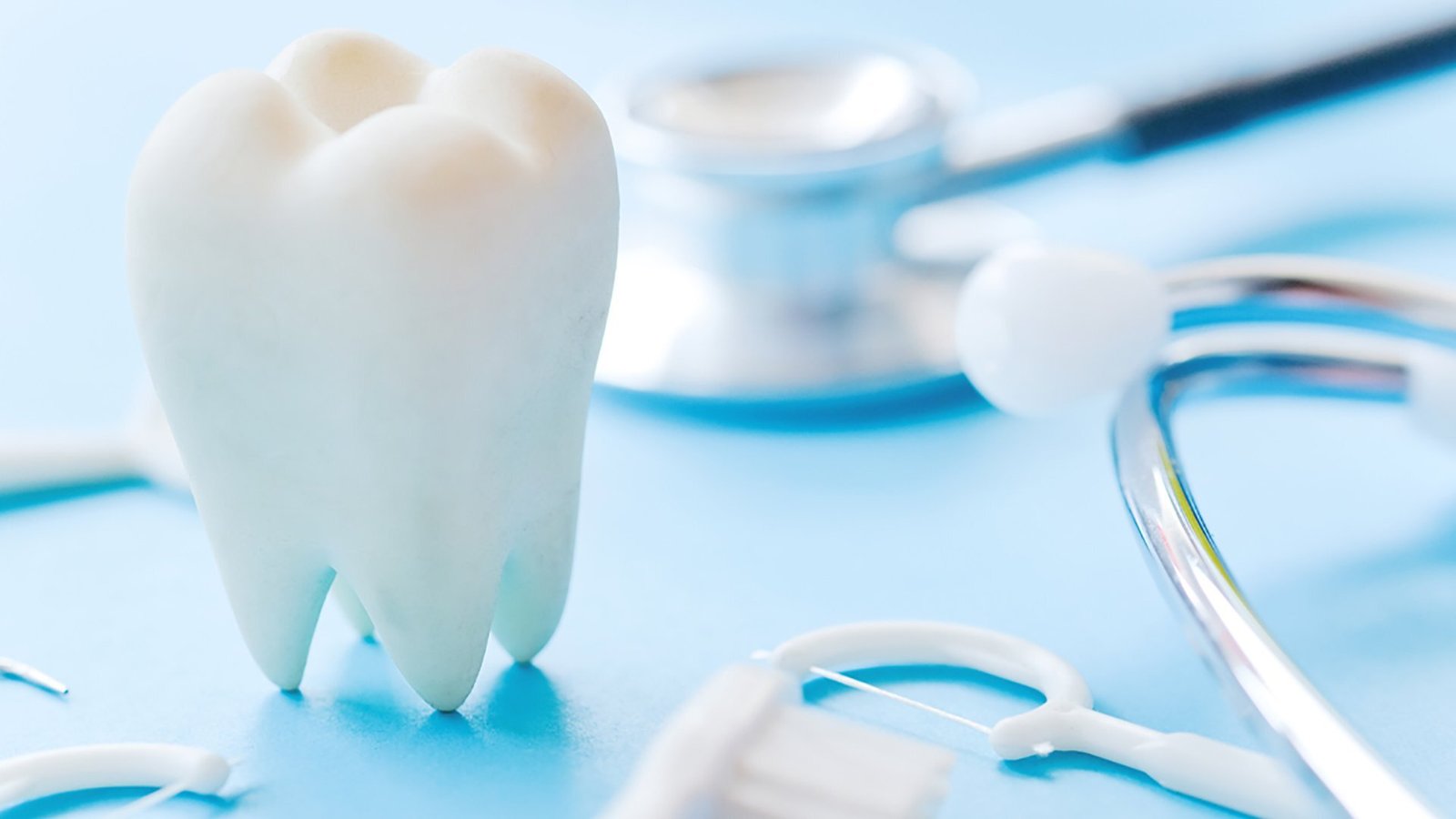Precision has become the key towards achieving successful restorations and prosthetic procedures in modern dentistry. In managing impressions, an important consideration is the ability to control the gingival tissues. The gingival retraction materials are important for a clear impression, which allows a perfect fit for the crowns, bridges, and veneers. Aidite gives you the right materials, as Aidite is one of the trusted names for professional and clinic solutions for dental specialists. In this article, we will describe the possible gingival retraction materials, including clinical indications and best practices to achieve optimal clinical and radiographic results.

What are Gingival Retraction Materials?
Gingival retraction materials are specialized materials used to temporarily displaced gingival tissue from the margins of a prepared tooth. It increases the visibility and accessibility for the impressions and restorations. Choosing the correct gingival retraction materials can greatly contribute to a successful dental procedure.
Classification of Gingival Retraction Materials
There are mainly three types of gingival retraction materials broadly classified as mechanical, chemical, and dual action. There will be subgroups for each of these types to address precise clinical requirements to maximize optimal gingival displacement.

1. Mechanical Retraction
Mechanical mechanical methods are based on physical displacement of the gingival tissue, which are used in many means of gingival retraction techniques.

- Retraction Cords: The gingival retraction cord is one of the most commonly used gingival materials for gingival retraction. It is placed around the margins of the tooth to effectively push the gingiva away. For enhanced potency, it can also be impregnated with hemostatic agents.
- Wires: Thin wires are indicated for controlled gingival displacement, especially when a strong retraction force is required.
- Matrix Bands and Wedges: Although used during restorative examples to reposition the gingival tissue for proper exposure.
- Copper Ring: A copper band is used to retract soft tissues and support impression-taking
- Retraction Caps: These are used along with retraction paste to provide uniform pressure, aiding in successful gingival retraction techniques.
2. Chemical Retraction
Chemical retraction is based on the introduction of agents that induce swelling and reversible tissue displacement. This method is frequently combined with mechanical techniques for better results.

- Retraction Pastes/Gels/Solutions: These are available in different formulations and are used to place into the sulcus for the purpose of displacing the tissue. They provide a replacement for the gingival retraction cord among those with compromised gingiva.
- Astringents: Agents like aluminum chloride and ferric sulfate, which provide gingival displacement as well as hemorrhage control during dental procedures.
3. Dual Retraction
Combination retraction methods involve both mechanical and chemical gingival displacement to improve clinical efficiency.

- Medicated Cords: They are gingival retraction cords soaked with hemostatic or vasoconstrictor agents, providing mechanical and chemical efficiency.
- Innovative Materials: The newest ideal materials evaluable are advanced photo expandable (or pogo) expandable polymer pastes and polysaturated containing bioactive materials capable of assisting in the qualitative and quantitatively, accurate gingival retraction techniques without any damage to the affected person.
4. Other Techniques
In addition to conventional possibilities, other methods exist to make gingival displacement even more pronounced.
- Surgical methods: These include laser, electrosurgery, and rotating curettage methods that achieve accurate gingival retraction techniques. These materials are used in many applications when traditional materials are not strong enough.
- Cordless Methods: A contemporary method using expansive pastes and gels to push back the gingiva without the use of a gingival retraction cord. This method provides accuracy and comfort for the patient.
Why Are Gingival Retraction Materials Used?
The gingival retraction materials are useful for several dental procedures in order to make the procedure more accurate, faster,and more convenient for the patient. Here is the reason they are invaluable:
- Enhanced Impression Precision: The correct displacement of the gingiva will lead to proper exposure of the margins prepared, allowing for accurate impressions. This results in precise restorations that complement the natural tooth structure.
- Better Access for Restorative Procedures: Gingival retraction materials create a gap between the tooth and gum. This feature helps dentists work with precision, especially in placing crowns and doing composite restorations.
- Hemostasis Control: Most of the gingival retraction materials have hemostatic properties and are excellent in controlling bleeding. This minimizes disruptions when performing procedures and increases the chances of success
- Less Tissue Damage: Using the proper gingival retraction cord or gum-based materials allows the dentist to gently displace the tissue. It ensures that there will not be too much pressure on the gingiva, which minimizes irritation and maintains healthy gum tissue.
- Enhanced Bonding and Cementation: A clear, dry margin is important for proper bonding and cementation of any restorations. This contributes to the longer-lasting and durable final restoration, which can be accomplished by using gingival retraction materials.
- Management of Tissues: These gingival retraction tools provide controlled, reproducible tissue displacement, which leads to accurate and repeatable treatment outcomes.
- Enhanced Aesthetic Results: Appropriate control of the gingival reflects in a more natural appearance of the restorations so that the patient can use their new fixtures in aesthetic terms and functional ones. An appropriately managed gingival margin boosts patient morale and self-confidence in a smile.
Using proper gingival retraction techniques and materials can provide great improvements in both efficiency and clinical quality for the clinician and the patient.
When Should Gingival Retraction Materials Be Used?
Understanding when to use these materials, known as gingival retraction materials, is crucial for achieving accurate clinical outcomes. These materials are important in many dental procedures. Here are the most common scenarios where they are indispensable:
- Before Taking Impressions: Retraction ensures clean margins for impressions of crowns, bridges, veneers, and other types of prosthetic restorations that need to be cleanly defined. It increases the accuracy of the final restoration fit by exposing the prepared margins.
- During Subgingival Restorations: it can be difficult to work quickly and safely near the gum line, and that is when you can easily use gingival retraction materials to create a clear field of vision, as well as access. This provides for better reconstructions in the case of deep margin.
- Bleeding Control: One of the steps taking part in the restoration and the prostheses shall be the controlling of the bleeding. Hemostatic agents are added on with different gingival retraction techniques, managing lesser bleeding and decreasing the possibility of moisture contamination, leading to higher effective success rates of the procedure.
- Enhanced Isolation During Bonding: To achieve a robust adhesive bond to the surface of a tooth, the area must be dry and devoid of contaminants. Moisture-free working fields by means of gingival retraction materials lead to better retention of restorations and hence their longer service life.
- Periodontal Therapy: During periodontal procedures, controlled retraction assists in repositioning and healing of gingival tissue. This aids in improved post-treatment scores and long-lasting tissue stability.
We at Aidite are committed to helping dental professionals with advanced techniques based on dentistry. Our blog dives deeply into the particulars of different dental procedures, tools, and developments in the industry, outlining how clinics may benefit from them.
Best Practices for Using Gingival Retraction Tools
To achieve successful outcomes, practitioners should follow these guidelines:
- Choose a Suitable Material: The type of material should correspond with the clinical scenario
- Place the cord correctly: The same as previously mentioned without doing too much force and maintaining tissue integrity.
- Stop the Bleeding: Hemostatic Dressing as necessary
- Allow Sufficient Time for Retraction: Sufficiently displace the tissue but do not overexpose.
- Stay Aware: Retracement cannot be performed aggressively in order to avoid unnecessary annoyance or trauma.
Adhering to these best practices enables practitioners to take full advantage of the positive aspects of these essential gingival retraction tools but in a comfortable way for the patient.
Frequently Asked Questions (FAQs)
Q1. How long should gingival retraction materials be left in place?
In general, gingival retraction cords and pastes should be left for 5-10 minutes. This could last from several months to years, depending on the material and clinical circumstances.
Q2. Are gingival retraction materials safe for sensitive gums?
Yes, some pastes and even cords used in retracting the gums are designed for patients with sensitive gums. Always opt for irritation-free, comfortable material.
Q3. Can gingival retraction materials be used for all types of restorations?
Yes, they are often applied for crowns, bridges, veneers, and inlays. The material and technique used will vary depending on the type of restoration and condition of the tissue.
Q4. Is there any alternative to gingival retraction cords?
Pastes or gels that do not require the use of cords offer an excellent solution for patients who have sensitivity when using traditional cords. Such materials allow for passive displacement of the gingiva little trauma.
Conclusion
High-quality gingival retraction materials are always indispensable for achieving accuracy in dental procedures. Be it gingival retraction cord, to the latest retraction pastes, having the right tools and gingival retraction techniques to restore accuracy reflects better in their impression. Aidite provides dental professionals with innovative solutions to improve procedural efficiency and patient outcomes. Aidite ensures professionals have the best gingival retraction materials as per the defined clinical standards it strives for.



